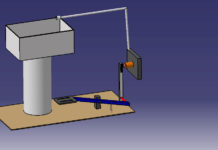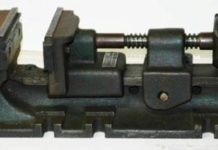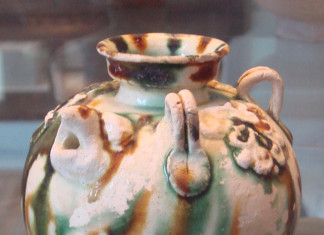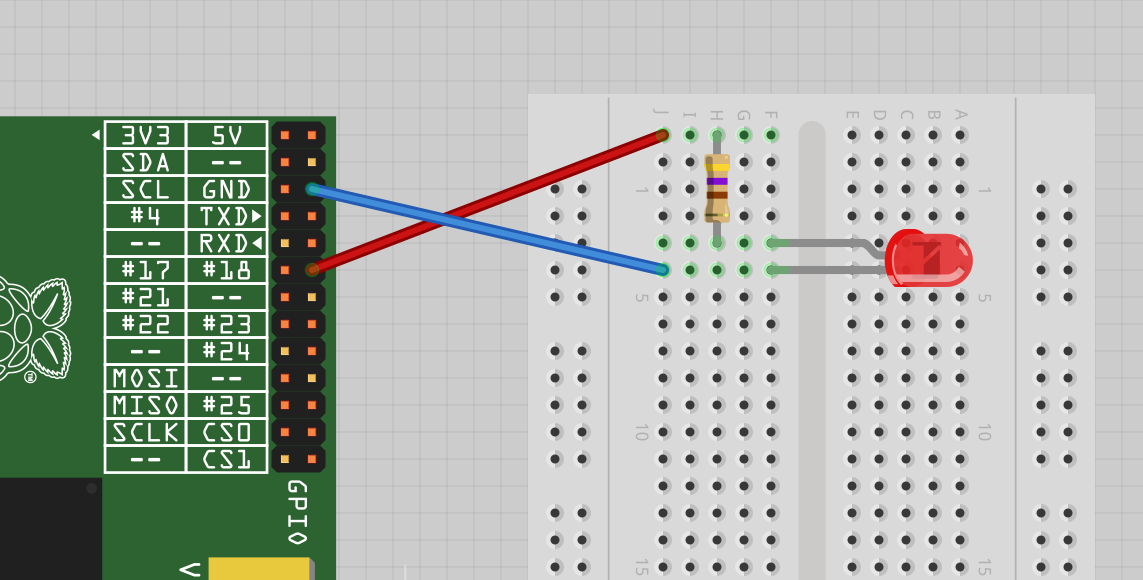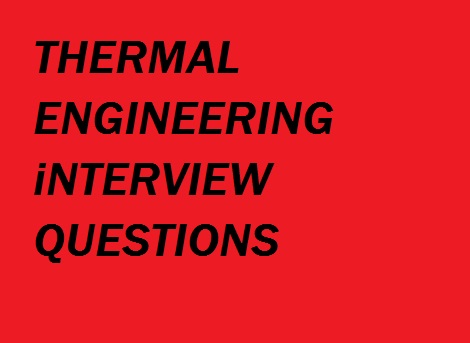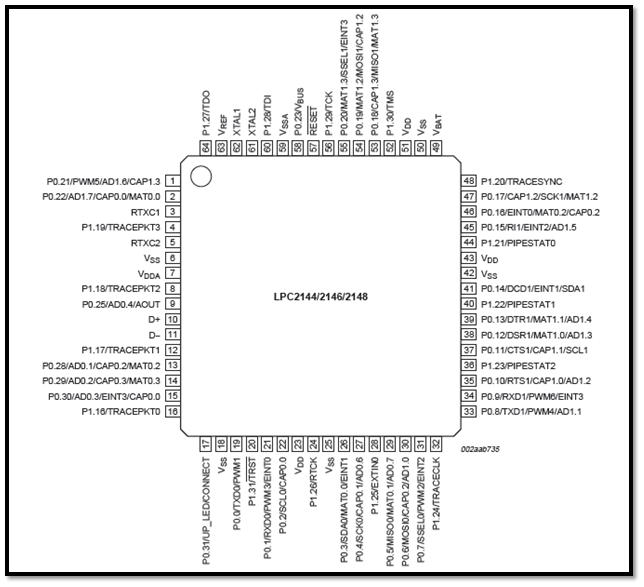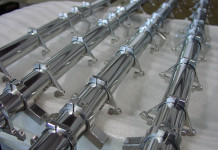Splines
Sometimes, keys are made integral with the shaft which fits in the keyways broached in the hub. Such shafts are known as splined shafts as shown in Fig. 1. These shafts usually have four, six, ten or sixteen splines. The splined shafts are relatively stronger than shafts having a single key way.

The splined shafts are used when the force to be transmitted is large in proportion to the size of the shaft as in automobile transmission and sliding gear transmissions. By using splined shafts, we obtain axial movement as well as positive drive is obtained.
Splines are ridges or teeth on a drive shaft that mesh with grooves in a mating piece and transfer torque to it, maintaining the angular correspondence between them.
For instance, a gear mounted on a shaft might use a male spline on the shaft that matches the female spline on the gear. The splines on the pictured drive shaft match with the female splines in the center of the clutch plate, while the smooth tip of the axle is supported in the pilot bearing in the flywheel. An alternative to splines is a keyway and key, though splines provide a longer fatigue life.

TYPES
There are several types of splines:
-
Parallel key spline
- where the sides of the equally spaced grooves are parallel in both directions, radial and axial.
-
Involute spline
- where the sides of the equally spaced grooves are involute, as with an involute gear, but not as tall. The curves increase strength by decreasing stress concentrations.
-
Crowned splines
- where the sides of the equally spaced grooves are usually involute, but the male teeth are modified to allow for misalignment.
-
Serrations
- where the sides of the equally spaced grooves form a “V”. These are used on small-diameter shafts.
-
Helical splines
- where the equally spaced grooves form a helix about the shaft. The sides may be parallel or involute. This can either minimize stress concentrations for a stationary joint under high load, or allow for rotary and linear motion between the parts.
-
Ball splines
- where the “teeth” of the outer part are implemented with a ball bearing to allow for free linear motion even under high torque.
Reference A Textbook of a Machine Design by R.S. Khurmi and J.K. Gupta and Wikipedia

